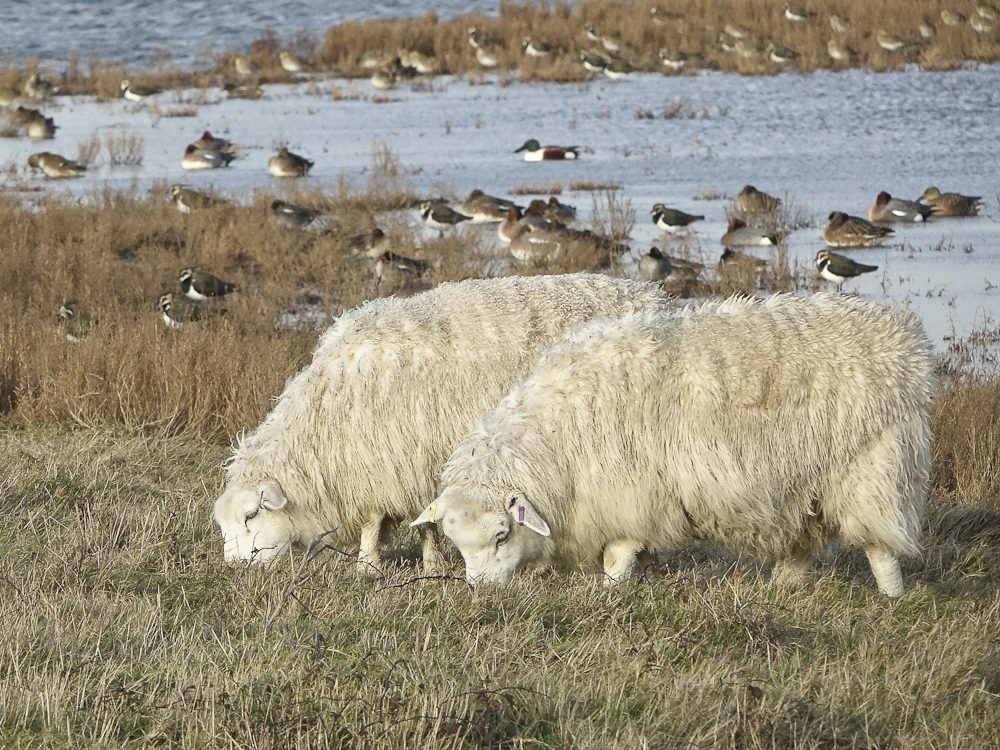This week’s quiz is about science and nature, and how much attention you pay to what you are watching on your TV. For instance, can you correctly answer the second question? And how well would you do on BBC1’s Pointless?
1. What is the giraffe’s only living relative?
2. What is the essential difference between an ape and a monkey?
3. What is the Earth’s most abundant metal?
4. To which plant family does asparagus belong?
5. What is the next number in this sequence? 1, 1, 2, 3, 5, 8, 13, 21, 34
6. What is the human body’s chief respiratory muscle called?
7. What name is given to the small air sacs in the lungs?
8. What name is given to a mixture of liquids in which one liquid is suspended in tiny droplets within the other?
9. Which bird has the longest migration route of any, going from one polar region to the other and back again?
10. What gas has the chemical formula NH3?
11. What is the common name for sodium hydroxide, often used in households as a cleaning agent?
12. What name is given to a young female cow, especially one that has not yet given birth to a calf?
13. What kind of creature is a cachalot?
14. What is the medical name for the condition commonly known as Housemaid’s Knee?
15. What name is given to the clear fluid in human blood which makes up roughly 50 per cent of the body’s blood?
16. In Einstein’s Theory of Relativity equation E = MC2, what does the ‘M’ stand for?
17. What is the study of the structure of the universe called?
18. What name is given to the science and study of sounds?
19. What is the everyday name for the chemical compound which has the formula NaHCO3?
20. Which chemical element is number 51 in the Periodic Table and has the chemical symbol Sb?
21. What name is given to the young of a badger?
22. What is Britain’s largest land mammal?
23. Which tree is also known as the Scots mahogany?
24. Greenwich lies at 0 degrees longitude, but what lies at 180 degrees longitude?
25. Impatiens is the botanical name for which popular house plant?
26. What is the SI unit of electrical capacitance?
27. What are defined as atoms which have the same number of protons and electrons, but have a different number of neutrons?
28. What name is given to the young of a pigeon?
29. The contagious and potentially fatal disease glanders affects which type of animals?
30. In physics, what is a Wheatstone bridge used for?
Answers
1. Okapi
2. An ape has no tail
3. Aluminium
4. Lily
5. They are Fibonacci numbers, where the next number is the sum of the two previous numbers, and 34 + 21 = 55
6. Diaphragm
7. Alveoli
8. Emulsion
9. Arctic Tern
10. Ammonia
11. Caustic soda
12. Heifer
13. Sperm whale
14. Bursitis
15. Plasma
16. Mass
17. Cosmology
18. Acoustics
19. Baking soda
20. Antimony
21. Cub (but could also accept Kit)
22. Grey seal (not the red deer) as grey seals are amphibious
23. Alder
24. The International Date Line
25. Busy Lizzie
26. Farad
27. Isotopes
28. Squab
29. Horses (could also accept mules or donkeys)
30. To measure electrical resistance in a circuit
Image Credits: Dr Barry Yates .



